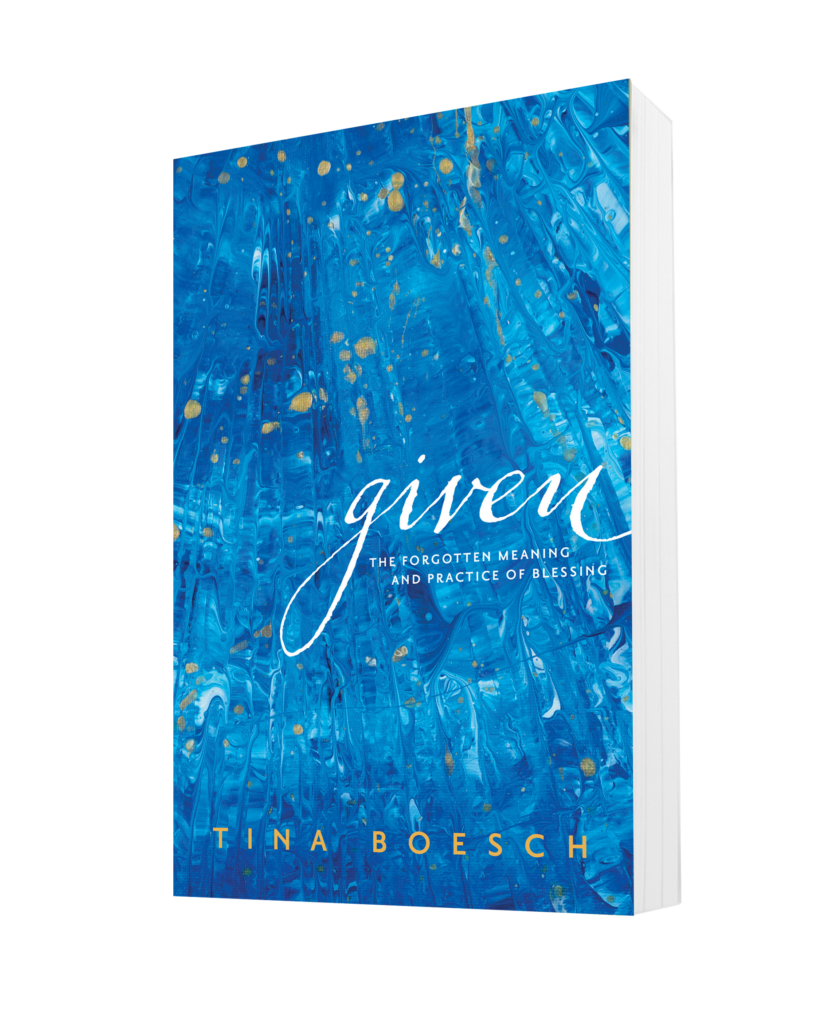When I think of the dramatic shine of the Transfiguration, it seems hard to believe that it can illuminate my daily life. But I desperately need the shine this morning. So I pull back the opaque curtains in my bedroom to let in the morning light. Lying at the foot of the bed is a book on the iconography of the Transfiguration. The image on the cover is a reproduction of an eleventh-century fresco in the apse of Karanlık Kilise (the Dark Church) in Cappadocia, Turkey. The mandorla (glowing circle) of light surrounding Christ is perfectly circular. Its center is dark blue, and the radiance emanating from Jesus is represented by two outer rings that are progressively lighter in hue.
My two-year-old daughter is standing at the foot of the bed, her chin resting on the mattress right beside the book cover. I look into her eyes, still teary from a tantrum she just threw. Already this morning, she’s stretched my patience thin to breaking. Up at five thirty in the morning demanding juice, then milk, then juice again, she was furious I didn’t honor her request to have cookies for breakfast. Then we crossed ways again over her refusal to have her diaper changed. She raged through the entire process, no doubt waking the neighbors above and below. There is an irrationality particular to willful toddlers that leaves me so frustrated I feel myself teetering on the verge of violence.
And that’s when I look up and see in her eyes the same sphere of radiant blue that encompasses Christ in the fresco—her dark inscrutable iris, ringed by smoky blue, surrounded by milky white. The light in her eyes perfectly mirrors the light of the Transfiguration on the reproduction on the book cover. I can’t avoid the similarity of the shine. And I stagger inside. The light that struck the disciples on Tabor, humbling them to the ground, pierces me too. This child who whittles my patience down to nothing has that same light in her eyes—if I can see past my frustration to that indelible image stamped into her being—the image of God.
Here I am still blurry from sleeplessness but immediately aware that I have to wake up to that image. The shine exposes the flint in my heart—my impatience, my self-centeredness—and it forces me to confront my sin and weakness and ask the Lord to change me. That’s the power of the shine—it leaves me longing to be illuminated, more responsive, more radiant.
A Shine that Changes Us
It occurs to me that it was the shine that arrested the apostle Paul on the road to Damascus, initiating a change so profound that a man hunting Christians with intent to kill was transformed into one of the pillars of the church. In Acts 22, when Paul describes the encounter with Jesus that completely reoriented his life, shine defined the moment: “a great light from heaven suddenly shone around me. And I fell to the ground . . . . And since I could not see because of the brightness of that light, I was led by the hand by those who were with me” (Acts 22:6-7, 11, emphasis added).
The shock of the intensity of divine shine initially left Paul in darkness—blind, stumbling, and dependent—but over time, it enabled him to see with a clarity that completely altered his understanding of Jesus’ identity. In his second letter to the Corinthian church, he explains, “For God, who said, ‘Let light shine out of darkness,’ has shone in our hearts to give the light of the knowledge of the glory of God in the face of Jesus Christ” (4:6). The light that initially blinded Paul lit up his interior world, emanating through his mind and soul.
My encounter with shine this morning may not be a radical, on-the-road-to-Damascus sort of moment, but the internal shift it’s inspiring will make all the difference to the little one standing with her chin propped up on the edge of my mattress.



